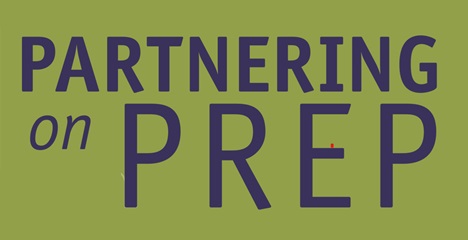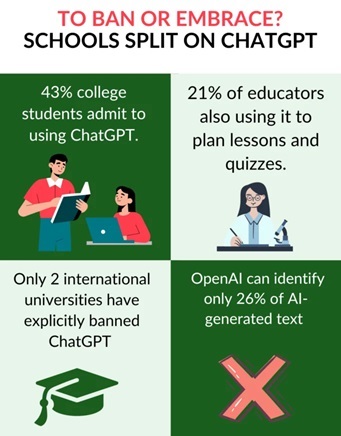Dear Commons Community,.
On Friday night, I saw the movie Conclave which is based on Robert Harris’s best seller of the same name. I was not disappointed. The plot and story line are intriguing and keeps the viewer wanting to know what is going to happen next. There is also a completely unpredictable plot twist that I never saw coming. Perhaps the best part of the movie is the acting of Ralph Fines, Stanley Tucci, John Lithgow, Isabella Rossellini, and Sergio Castellitto, who is wonderful as a cardinal who yearns for the days of Latin Masses. Some Catholics may have a problem with the political and financial machinations of the College of Cardinals but I found it most interesting and intriguing.
I highly recommend it!
Below is an excerpt of a review published in The New York Times on October 24th and written by Manohla Dargis.
Tony
————————————–
Conclave based on Robert Harris’s 2016 Vatican intrigue of the same title, centers on a British cardinal, Lawrence (a sensational Ralph Fiennes). A cleric of uncertain faith if unwavering convictions about everything else, Lawrence has droopingly sad eyes and refined sensitivities, and serves as the dean of the College of Cardinals, the group charged with selecting the pope, who’s just died. Lawrence is on the move when the story opens, hurrying through dark streets and into a brisk drama filled with whispering, scurrying men, one of whom who will be anointed as the new earthly head of the Catholic Church. There are women, too, though mostly there’s Isabella Rossellini, giving great side-eye as Sister Agnes.
The cardinals keep whispering and scurrying as the story quickly revs up. Lawrence has been enduring a personal crisis — Harris calls it “some kind of spiritual insomnia” — and had asked the pope (Bruno Novelli) if he could leave Rome for a religious retreat. The pope denied him, telling Lawrence that while some are chosen to be shepherds, others need to manage the farm. With the pope dead, the reluctant Lawrence steps up and begins managing, a duty that involves herding scores of cardinals through the intricacies of the conclave, Latin for a room that can be locked. First, everyone needs to be sequestered until the announcement of “Habemus papam” (“We have a pope”), but until then, it’s every cardinal for himself.
The story coalesces around the lead candidates, a nicely balanced group of sincere, stealthy and smooth operators who soon circle Lawrence, their silver tongues wagging and hands wringing as they make their moves. The director Edward Berger and his team (the casting directors very much included) have stuffed the movie with a Daumier-esque collection of smooth and bearded, guarded and open faces. The juicy main cast includes Stanley Tucci, John Lithgow, Lucian Msamati and a wonderful Sergio Castellitto, who plays a wolfish smiler who fulminates about the church’s liberal faction and yearns for the days of Latin Masses. The story could have used more of him and much more of his ominous rage.
Several of Harris’s novels have been turned into movies (“The Ghost”), and he’s well-served here both by Berger and by the screenwriter Peter Straughan, who cowrote the superb 2011 version of le Carré’s “Tinker Tailor Soldier Spy.” There’s a great deal of talking in “Conclave,” not just dark-corner murmuring, yet the dialogue remains largely naturalistic throughout. Even when the characters are righteously thumping their red chests or squaring off, the dialogue rarely edges into exposition. That said, at one point, a character delivers the kind of sanctimonious sermon that’s required in mainstream movies that criticize institutions, if not too much, so that they can finally uphold those very same institutions.
Berger, as he exhaustively demonstrated in his last movie, “All Quiet on the Western Front,” likes to keep things — characters, cameras — moving. Here, he finds a more harmonious balance between stasis and action. When the cardinals are tidily assembled in the Sistine Chapel for the conclave, facing one another at long tables that flank the room, you can feel the momentum in the men’s ricocheting glances and rigid stillness. Although he doesn’t overdo it, Berger also likes to place the characters, though particularly Lawrence, right in the middle of the frame, which may be a sly nod at Renaissance perspective but also dovetails both with the ceremonial orderliness of this world and with the lugubrious rituals of the conclave.
Lawrence’s crisis of faith continues, waxing and waning even as the voting comes down to the wire. Fiennes, an actor of extraordinary expressive nuance, makes the character’s struggle palpable; you can see his sorrow, and not just for the dead pope, weighing and almost tugging him down like a millstone. At one point, while seated among the other cardinals in the Sistine Chapel, he looks up at Michelangelo’s monumental “The Last Judgment” and fixes on the figure of a damned man, a hunched, visibly distraught soul who’s being dragged to hell by devils. It’s a moment that suggests Lawrence’s spiritual turmoil, a struggle that, in turn, expresses the larger, deeper questions — theological, organizational — facing the church.
A number of such questions emerge in different plot threads. One involves old-school election rigging; another concerns an abuse of power. In the main, partly because the performances pleasurably dominate the movie, these crises register as fairly scattershot and more like personal matters rather than institutional failings. That remains true even as the outside world starts to violently press in on the cloistered clerics and bombs, literal and metaphoric, start going off. One is meant to put all those questions and plot turns into perspective, but because the biggest bombshell arrives so late, so inelegantly and unbelievably, it only blows a yawning hole in the movie. The wreckage is substantial, but its depths are shallowly rendered.












